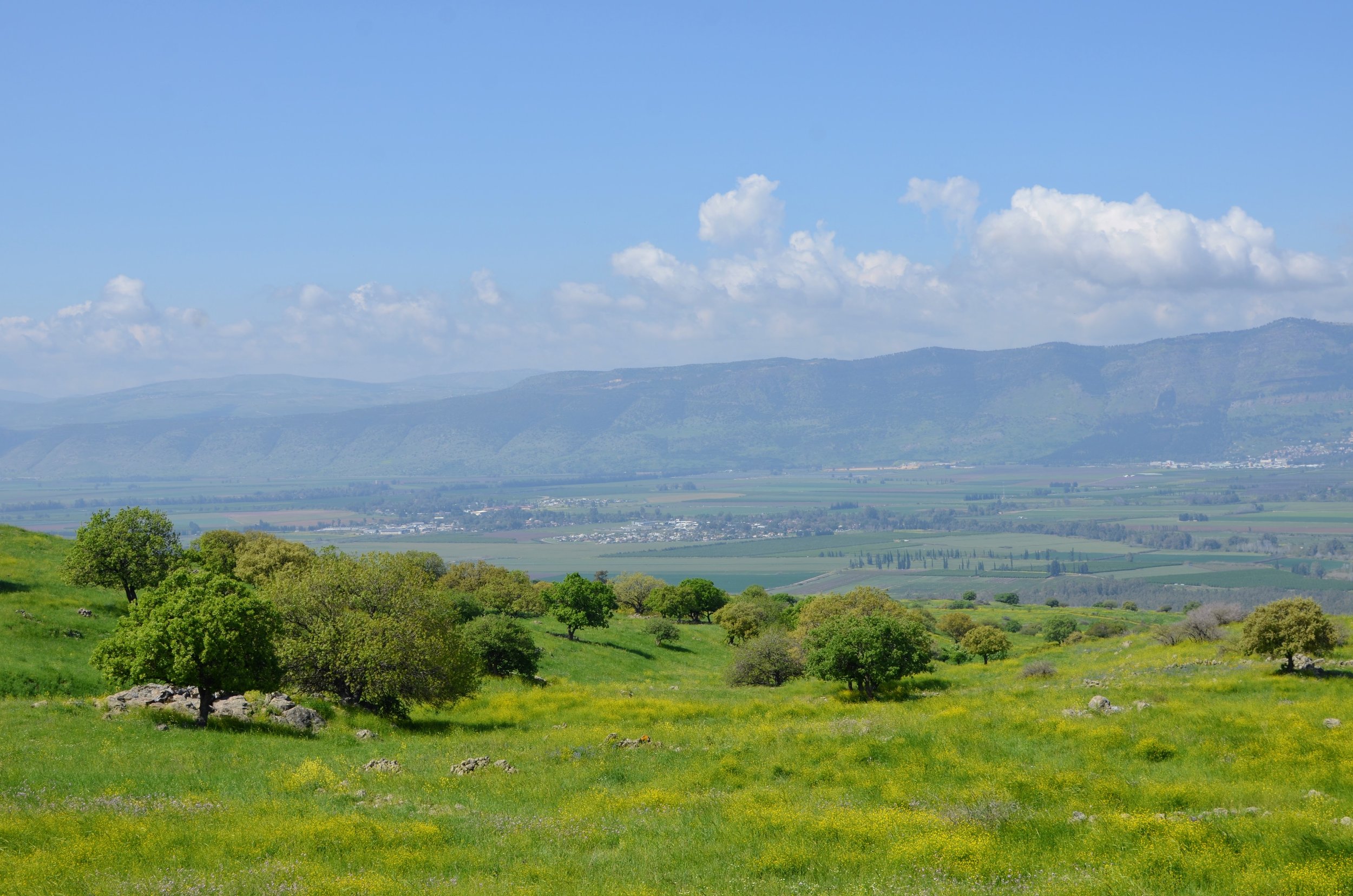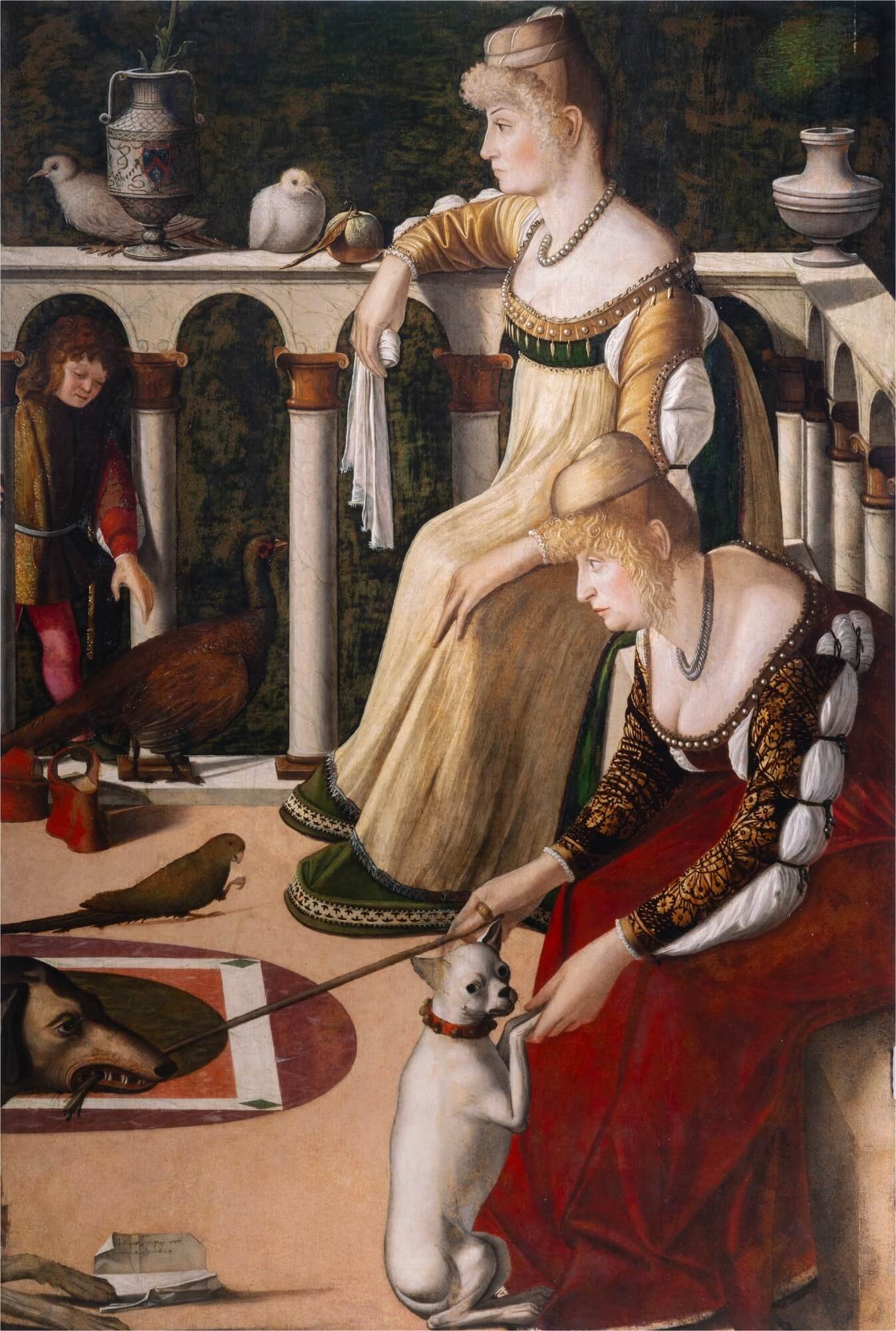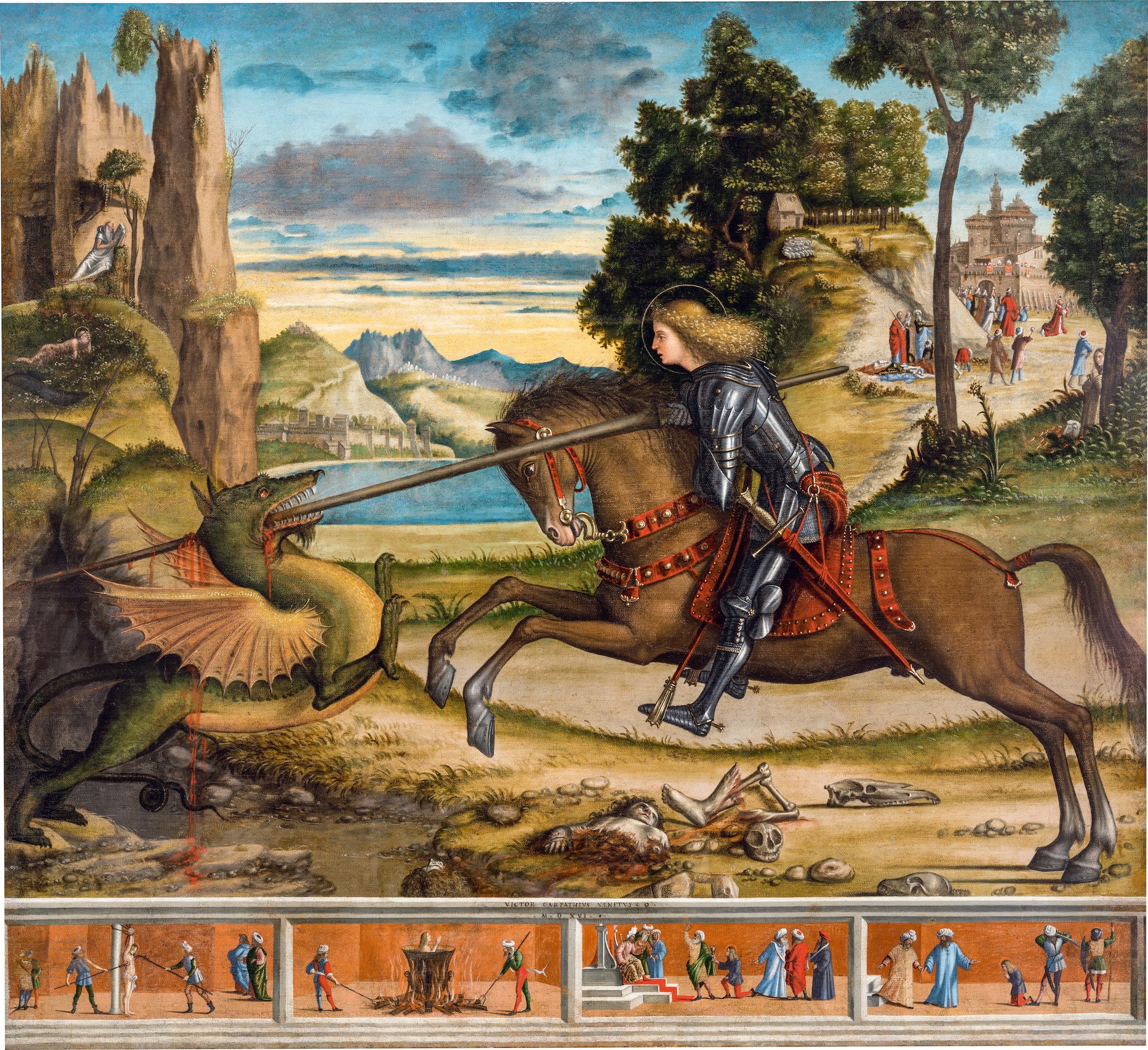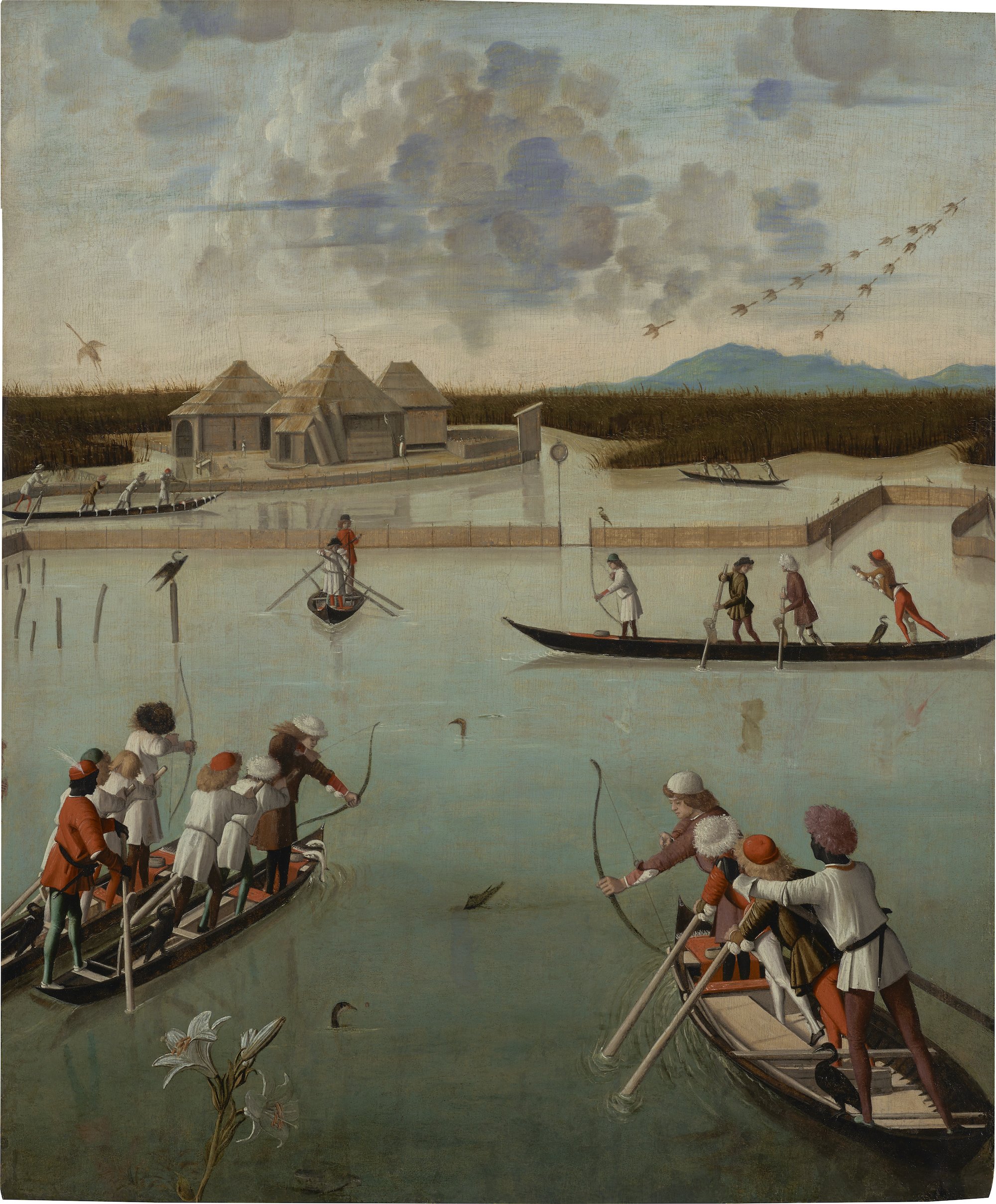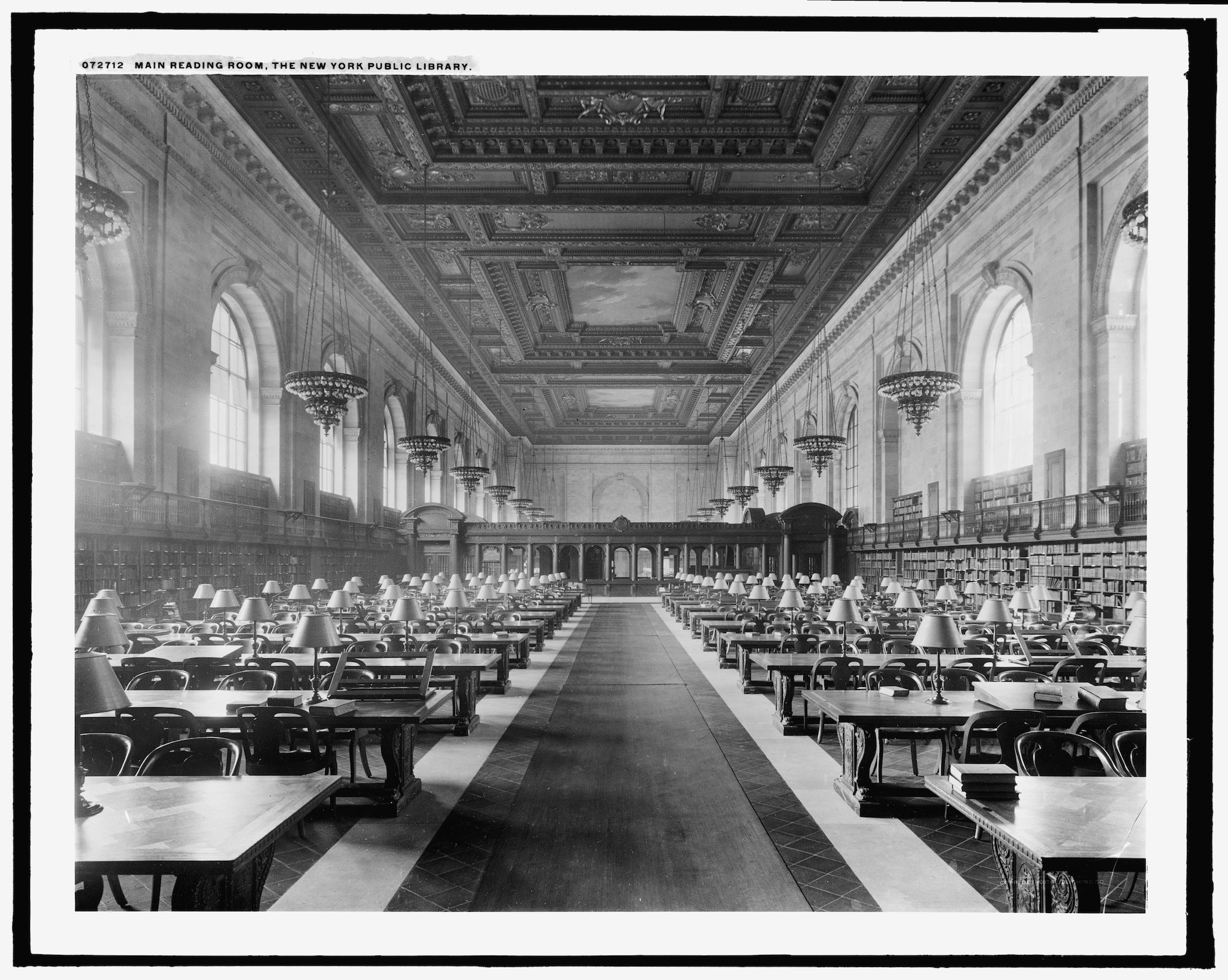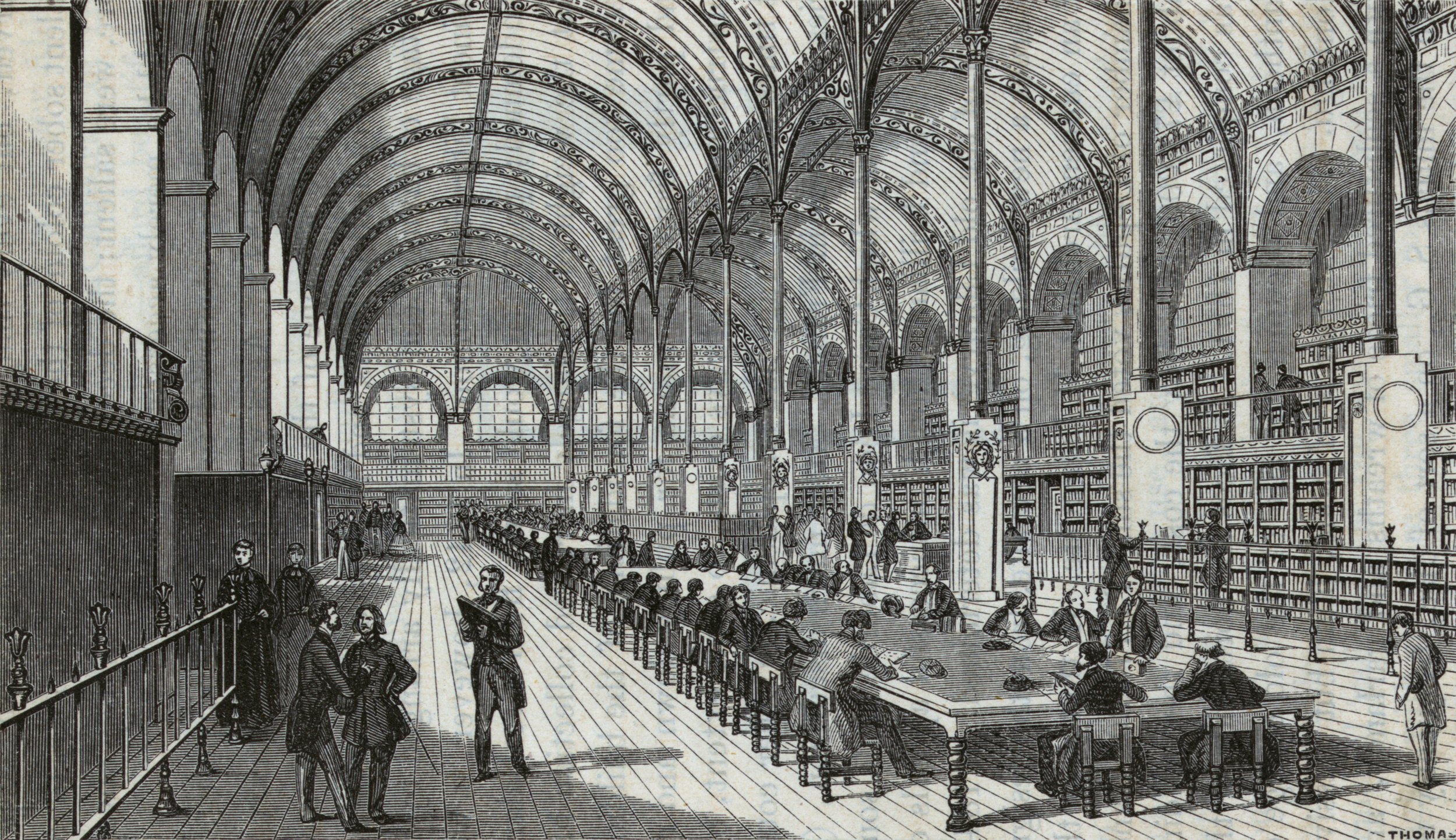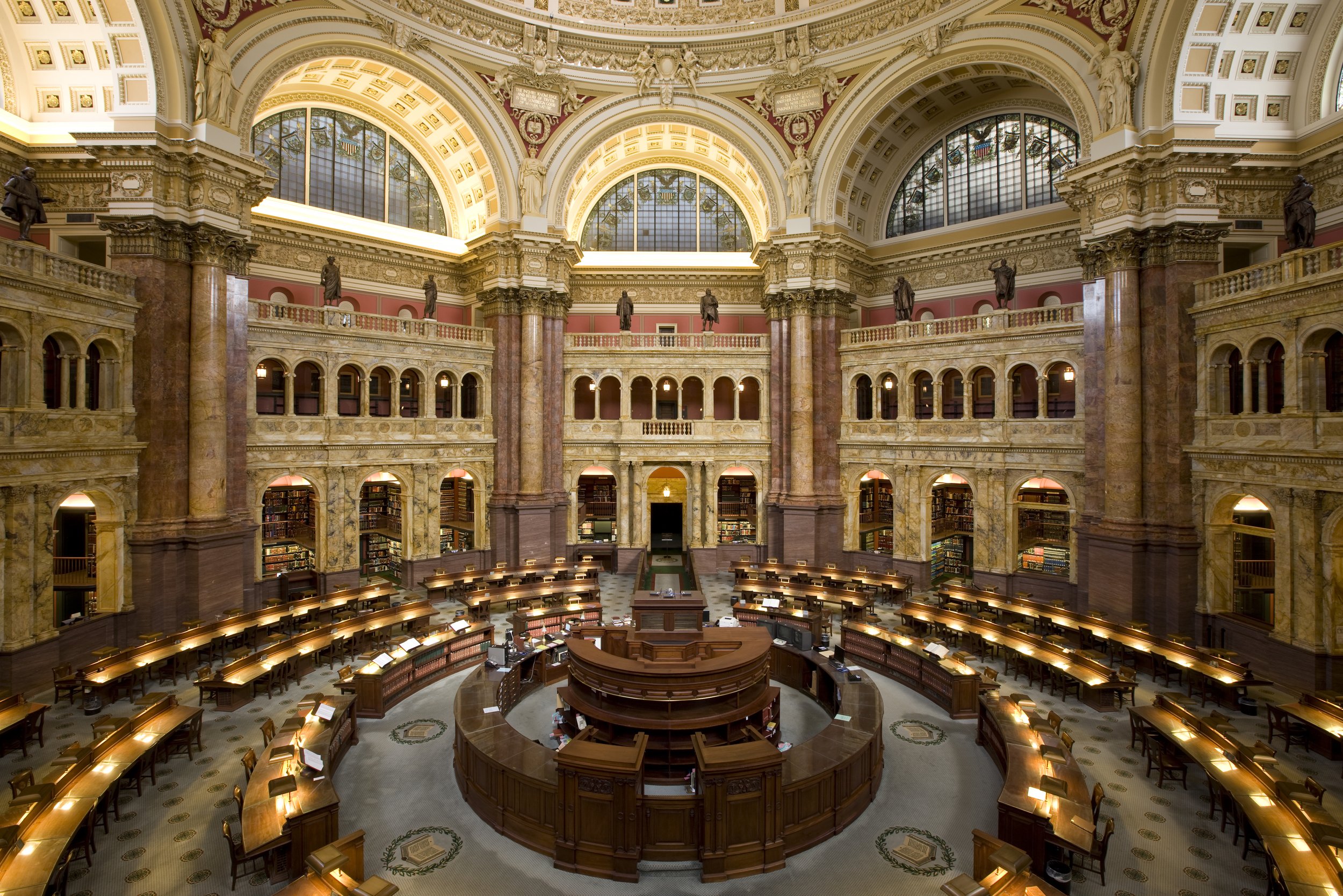THE NEW CRITERION, May 2023
LETTER FROM THE GOLAN
On security in the Golan, Israeli politics & settler culture.
Israel’s judicial woes exploded just as we were approaching Ben Gurion Airport for our flight home. This time, it wasn’t Syria or Lebanon, Iran or Egypt, or any of the other bad actors surrounding us making trouble, but Israel itself. The protesters became more numerous throughout the day as we neared Tel Aviv. Almost all of them were against the judicial reforms promoted by Prime Minister Benjamin Netanyahu. They took to the highway overpasses and often to the highways themselves. They shuttered the national parks and even staged walkouts at many of the country’s McDonald’s—cutting off our visit to the archeological site of Caesarea, and my family’s meal options, before takeoff.
That the general strike then closed down Ben Gurion International for several hours speaks to the long shadow of the country’s short history. As the founding prime minister of the State of Israel, David Ben-Gurion had more pressing concerns in 1948 than load-testing his nascent country’s governmental architecture, and he left it without a proper constitution. The proposed judicial reforms, and the controversy surrounding them, are the consequences of this legislation delayed, legislation denied, now quickly boiling over into an un-constitutional crisis, right as the country is about to celebrate its diamond jubilee.
It was with some irony that we largely avoided the protests during our final days in the country by touring the Golan Heights. To this day this northeast corner of Israel, taken from Syria in the Six-Day War in 1967, remains contested Israeli territory by all but the United States. In March 2019, President Trump affirmed Israel’s claim to the region. The move elicited condemnation from the European members of the U.N. Security Council and much celebration here. In honor of the U.S. announcement, Netanyahu broke ground on a new settlement named Trump Heights (Ramat Trump) east of the Jordan River, on the road to the former Syrian military headquarters, which has become a brutalist ruin now covered in graffiti. A monument to Trump marks the entrance to the settlement with the sculpture of a bald eagle taking flight from a menorah.
A sign in the Golan warning of the presence of land mines. Photo: James Panero.
The contested status of the Golan has left the region, which in a brief span borders Lebanon, Syria, and Jordan, largely unpopulated since the disruptions of 1967. The battle-scarred hills are still littered with Syrian bunkers and unexploded mines, over which there now falls a contingent peace. One morning we took an old Land Rover up from the Hula Valley into the Height’s rutted dirt roads. “Where are we?” I asked our driver, Royi. “You are in the Middle East,” he replied.
Wildflowers now grow around the rusted barbed wire that crisscrosses the hillside and the numerous signs that read “danger mines!” Mustard flowers, poppies, and tall grasses provide abundant food for the mix of bees, cattle, and wild animals that now call these slopes home. Beef from the Golan is free-range, save for the minefields, and results in some of the most flavorful steak you can find—one evening I dined on a local T-bone and Golan wine at a horse ranch just north of ancient Capernaum on the Sea of Galilee.
Once up on the heights’ plateau, we pulled over. We got out of the vehicle, being sure not to wander off the road. Royi brewed a tea of Golan lemongrass on a camp stove he balanced on the hood of his vehicle. He peeled and handed around slices of local orange—the smell of orange blossoms is a particular treat when walking through the groves in the valley. A hoopoe, the national bird of Israel, with its orange crown and a winged jacket of black-and-white feathers, foraged in a bush by the side of the road. In the distance, we spotted a family of boar circling in the shade of a tree. A herd of Nubian ibex, a vulnerable species that has found its own refuge in Israel, ran along the ridgeline.
An Iron Dome launch site in the Golan, with Mount Hermon in the distance. Photo: James Panero.
As we continued up to the present Syrian border, we passed Israeli bases and active IDF training grounds. “Iron Dome,” Royi pointed to our right. There they were: mobile sand-colored missile launchers just off the side of the road, trained in the direction of Lebanon. “TANK CROSSING” read another sign nearby. It is a warning that I learned needs to be taken at its word. Our guide during our Israeli stay, a spritely Golan homesteader named Lior, lost all of his bees six years ago when an Israeli tank ran over his forty hives during nighttime training maneuvers. He restored a few of the hives and gave us a jar of his personal supply to take home. He would need the rest in this land of milk and honey for his growing family of “only four” children, as he likes to say.
For lunch we stopped at a farm in central Golan at Moshav Kidmat Tzvi, one of those Jewish cooperative communities, founded in 1981, still deemed illegal by what Israel’s antagonists like to call “international law.” Here the owners, Tami and Babi, served a meal of local abundance: platters of fish and pasta, hummus and cheese, and fruits and vegetables, paired with their homegrown olive oil and wine. The building is made entirely of recycled materials. Tami sits down at our table to explain their history as her cat rubs against my leg. The walls are covered with homemade glass and artwork. A tree trunk grows up in the middle of the room and exits to the outdoors through a hole in the ceiling. Babi offers me a brandy distilled from his own apples. From the charoset and maror of the Passover seder plate, food has always held a central place in Jewish symbolism. Now a fresh cornucopia, shared at this Israeli table, replaces the bitter herbs of Egypt with the succulent fruits of aliyah, or “going up,” to Zion.
This frontier attracts settlers with the same pioneer spirit that you might have found in Oklahoma Territory over a century ago. These are times when Israel resembles nothing less than a young and vibrant United States. Today the settlers vary in their politics. Some are old leftists, the secular holdouts of the kibbutzim. Others are religious idealists, fulfilling what they see as their own manifest destiny. What they share is a spirit for Zionism, the civic virtue that has propelled this nation, despite its conflicts and divisions, to astonishing heights in under a century.
Up at the border, the contrast with these achievements can be most striking. Through its industry and energy, against the odds, Israel has shocked the world with its successes. The triumphs have only brought shame to its Arab neighbors, who have mainly shown themselves to be impotent and corrupt. Beyond the demilitarized zone, the abundance of the Golan ends in a sharp line and gives way to the denuded hills of Syria and Lebanon. On the flank of Mount Avital, with the snow-covered peak of Mount Hermon in the distance, I felt a cold wind blowing across the ridgeline. Here in the late afternoon we overlooked Camp Ziouani, the DMZ outpost operated by the United Nations Disengagement Observer Force—the “useless nations,” as Israelis call them. From all around, a chorus of manic laughter emanated out of the grass. “Jackals,” Lior told me. I was unsure if he was referring to the animals or the Hezbollah bases just beyond.
The Israeli border, with Syria in the distance. Photo: James Panero.
For anyone who doubts the strategic necessity of the Golan to Israel, just visit the old Jewish settlements clinging to the hillsides to the west of the Jordan River. Before 1967, the Syrian border ran right in front of them, straight down the middle of the Hula Valley. The line split the region in two and placed Israeli villagers within sniper range of the militarized Syrian positions overshadowing their settlements from the east. As it is, the region can still be besieged by rocket fire from Lebanon and was under heavy bombardment as recently as 2006. At the time, Hezbollah was firebombing Israel with over two hundred rockets a day. Israel’s aerial fire brigade flew out of Mahanayim airfield, just down the hill from our bed-and-breakfast in Rosh Pina.
The charming village of our stay, a stone’s throw from the city of Safed, is something of the Plymouth of Zionism. The village was settled in the 1880s as one of the first Jewish homesteads in what was then the Ottoman Vilayet of Beirut. The name Rosh Pina, meaning “cornerstone,” refers to Psalm 118:22—“The stone the builders rejected has become the cornerstone.” It speaks to the foundational aspirations of its pioneers. Baron Edmond de Rothschild underwrote the town’s agricultural development, purchasing land to grow crops, which made it one of the region’s first self-sustaining Jewish communities. The eminent Victorian Laurence Oliphant, who gathered support from Christian Zionists for such settlements, visited soon after in 1886, writing:
These consisted of twenty-three Roumanian and four Russian families, numbering in all one hundred and forty souls. The greater number were hard at work on their potato-patches when I arrived, and I was pleased to find evidences of thrift and industry. A row of sixteen neat little houses had been built, and more were in process or erection. Altogether this is the most hopeful attempt at a colony which I have seen in Palestine.
The future of Israel now seems a world away from these pioneers. The risk today is that many in the younger generation, increasingly wealthy and cosmopolitan and centered around the booming tech corridor of Tel Aviv, are seeking to align themselves with the same liberal international order that has proven to offer false shelter for the Jewish people time and again. When they appeal to “democracy” in protesting Netanyahu’s judicial reforms, for example, what they really oppose is his attempt to rein in an unaccountable judicial elite; part of Netanyahu’s proposed reforms would align their nominating process with something closer to the democratic American system. In opposing the legislation of the Israeli Knesset—put forward by its elected members—Israel’s overreaching judiciary has long weakened the country’s borders and thwarted its efforts at counterterrorism. In 2007, Judge Robert H. Bork even noted that Aharon Barak, the former president of the Supreme Court of Israel, had written “a textbook for judicial activists.”
The Golan plateau. Photo: James Panero.
Beyond such policy disagreements, the mass protests are really an attempt to oppose the Netanyahu government through mob rule by drawing on the progressive shock tactics of Antifa and Black Lives Matter. “Whatever individual protesters may have told themselves, the real purpose of the uprising was not to stop judicial reform. It was to get rid of Netanyahu,” wrote Melanie Phillips in the Jewish News Syndicate. “Protesters absurdly claimed that the reform program—proposed by a democratically elected government—was a ‘coup.’ . . . That is the antithesis of democracy.”
Nation-building is tough business. Israel’s burden has been to build one under a contemporary spotlight while being reprimanded by many of the same world powers whose actions necessitated the creation of the Jewish State in the first place. Here is a country the size of New Jersey that is regularly under attack by one or more of its neighbors. Israel’s unabashed struggle for self-survival has been a defining characteristic of its history and the fire fueling its great successes. As Golda Meir, Israel’s iron-lady prime minister, famously said: “If we have to have a choice between being dead and pitied, and being alive with a bad image, we’d rather be alive and have the bad image.” In the Golan Heights, at least, that spirit lives on.
